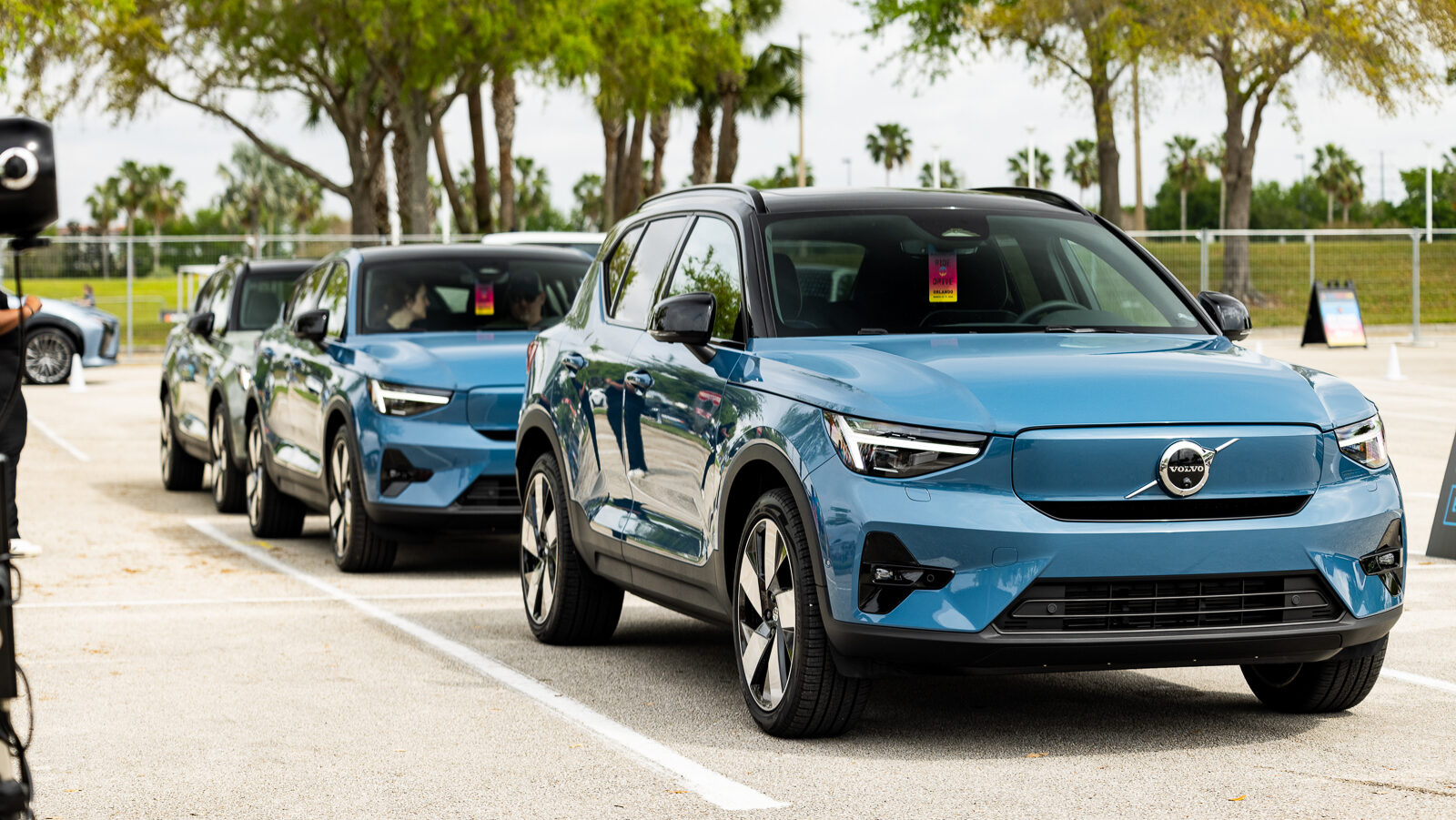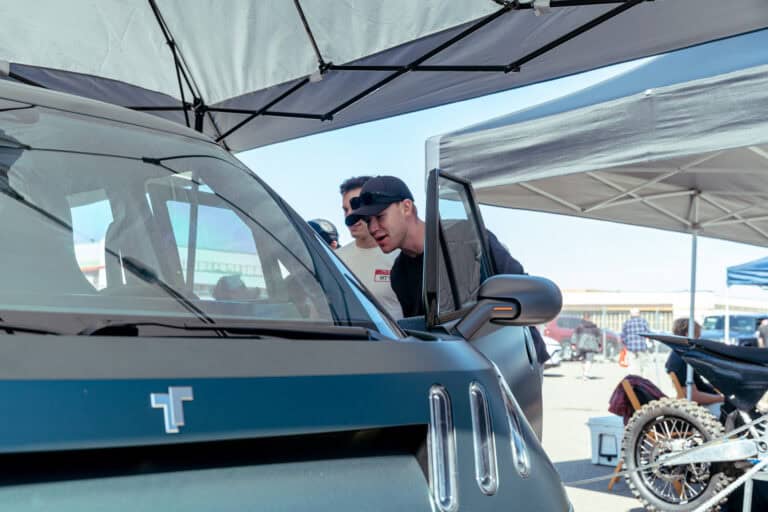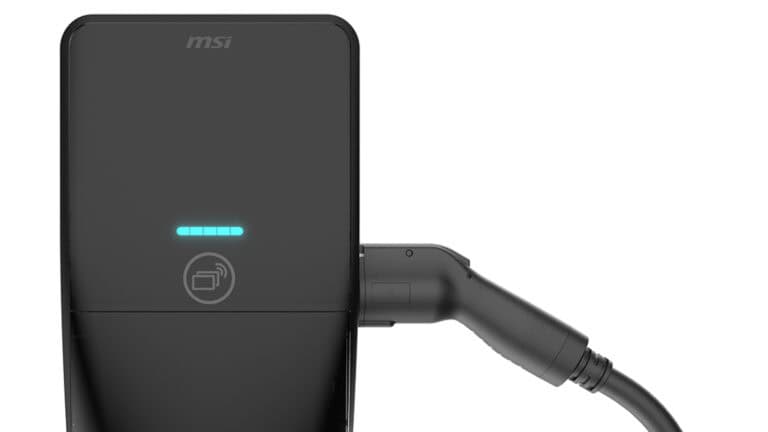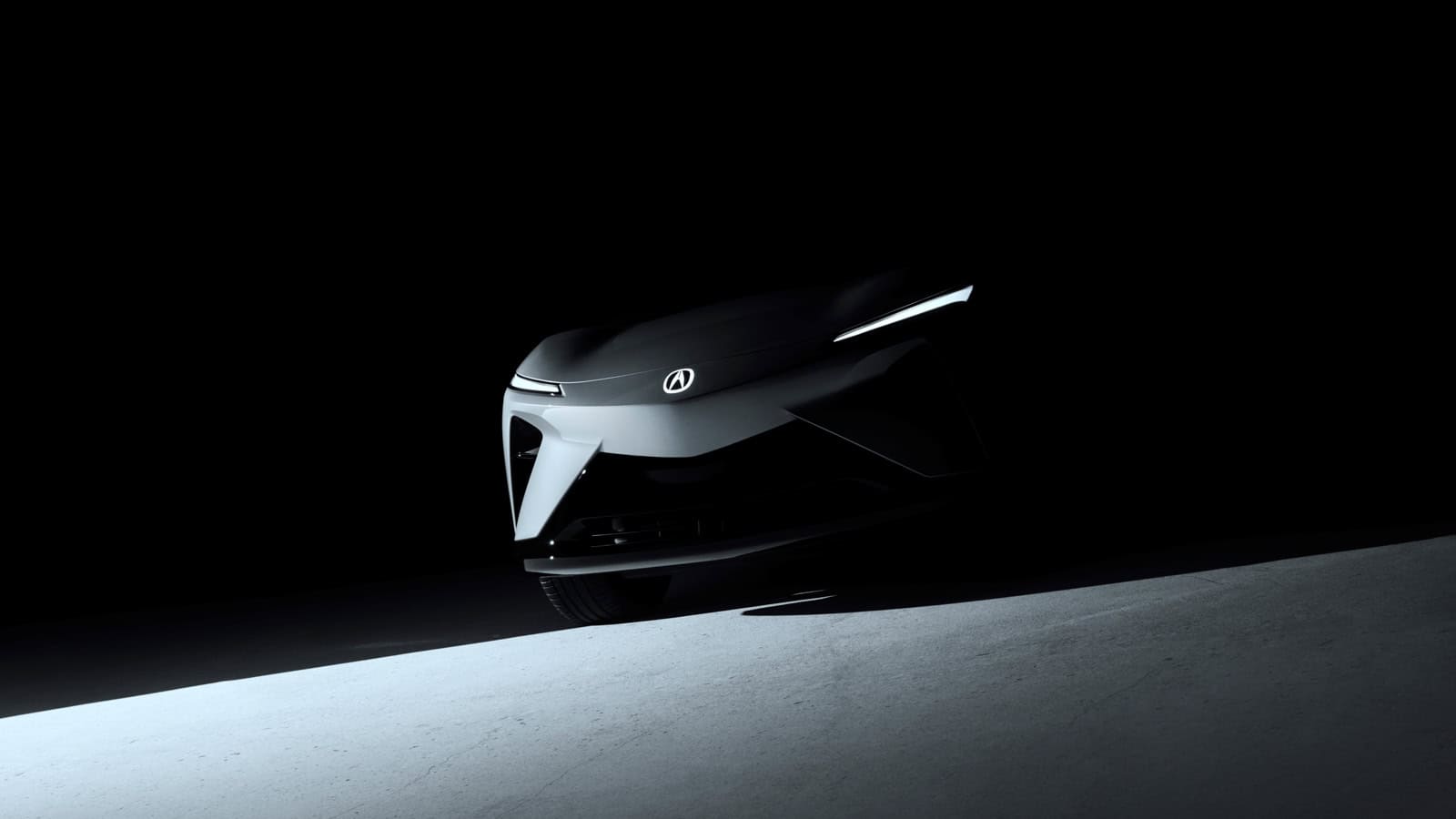- Volvo now targets 90-100% electrified sales by 2030, allowing some mild hybrids.
- Volvo aims for a 30-35% CO2 cut per car by 2025 and 65-75% by 2030.
- In August 2024, 47% of Volvo’s global sales were electrified, with 25% fully electric.
Volvo Cars has long been seen as a leader in the push toward electrification, with its confident announcement to go fully electric by 2030. However, the company is now taking a more flexible approach. Faced with shifting market conditions, global trade challenges, and the complexities of electrification, the company has adjusted its ambitious goals. While the vision of an all-electric future is still on the horizon for Volvo, the path there may look a bit different than initially planned.
ADVERTISEMENT
Instead of sticking to the hard goal of selling all-electric vehicles by 2030, Volvo now plans for 90-100% of its global sales to consist of electrified models by that year. This new strategy includes a small percentage of mild hybrid models, recognizing that global markets may still demand some non-EV options. This flexibility gives Volvo room to adapt to fluctuating demand while staying committed to their carbon reduction goals. By 2025, the company expects 50-60% of its sales to be electrified cars, both plug-in hybrids and fully electric models.
Jim Rowan, CEO of Volvo Cars, highlighted the importance of staying flexible in today’s automotive market. “Volvo Cars stands at a pivotal and exciting crossroads in our journey. We have been laying the foundations for the last few years that put us in the strong position we are in today. The sharpened business ambitions we announce today further reinforce our commitment to drive value as a business while remaining true to our purpose.”
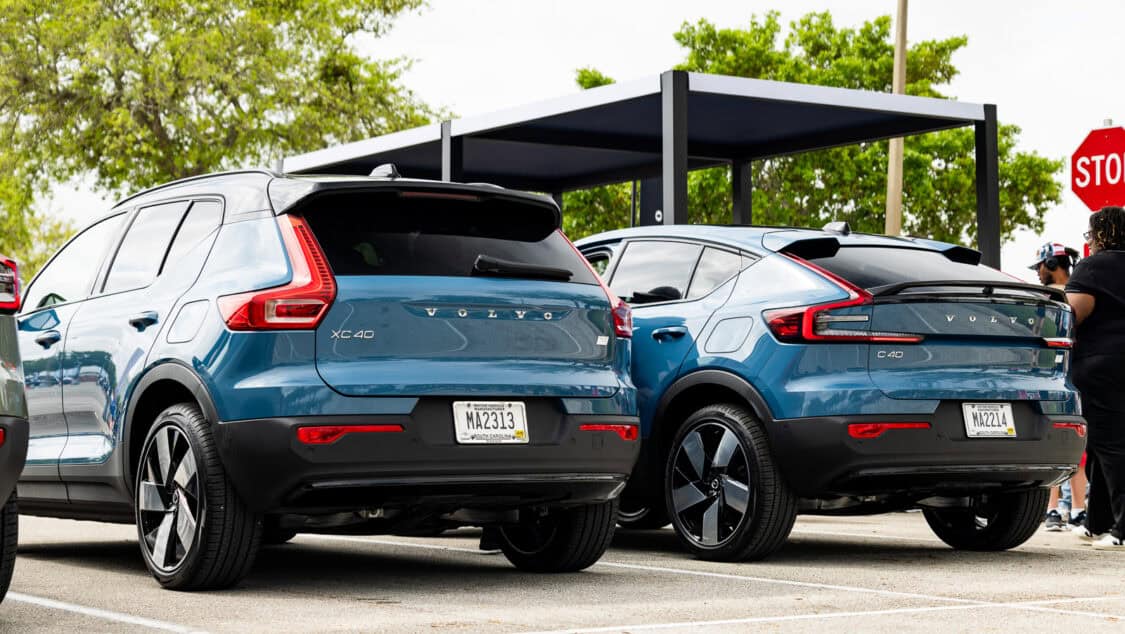
Volvo isn’t hitting the brakes—in fact, they’re speeding ahead. The company is more determined than ever to slash its CO2 emissions, setting one of the boldest goals in the auto industry. By 2025, they’re targeting for a 30-35% reduction in each car’s carbon footprint compared to 2018 levels. And by 2030, Volvo’s pushing even further, targeting a massive 65-75% cut in emissions per vehicle. To get there, Volvo is teaming up with suppliers and zeroing in on emissions from materials, operations, and logistics every step of the way.
ADVERTISEMENT
Volvo’s recent performance reflects its evolving strategy. In August, the automaker reported global sales of 52,944 cars, a 3% increase compared to the same period last year. A significant portion of this growth was driven by the surge in demand for Volvo electric cars in Europe. Fully electric models made up 25% of total sales for the month, and electrified models (both plug-in hybrid and fully electric) accounted for 47% of all vehicles sold globally. In Europe, the sales of electrified cars skyrocketed, with a 52% year-over-year increase, making up 73% of all Volvo sales in the region.
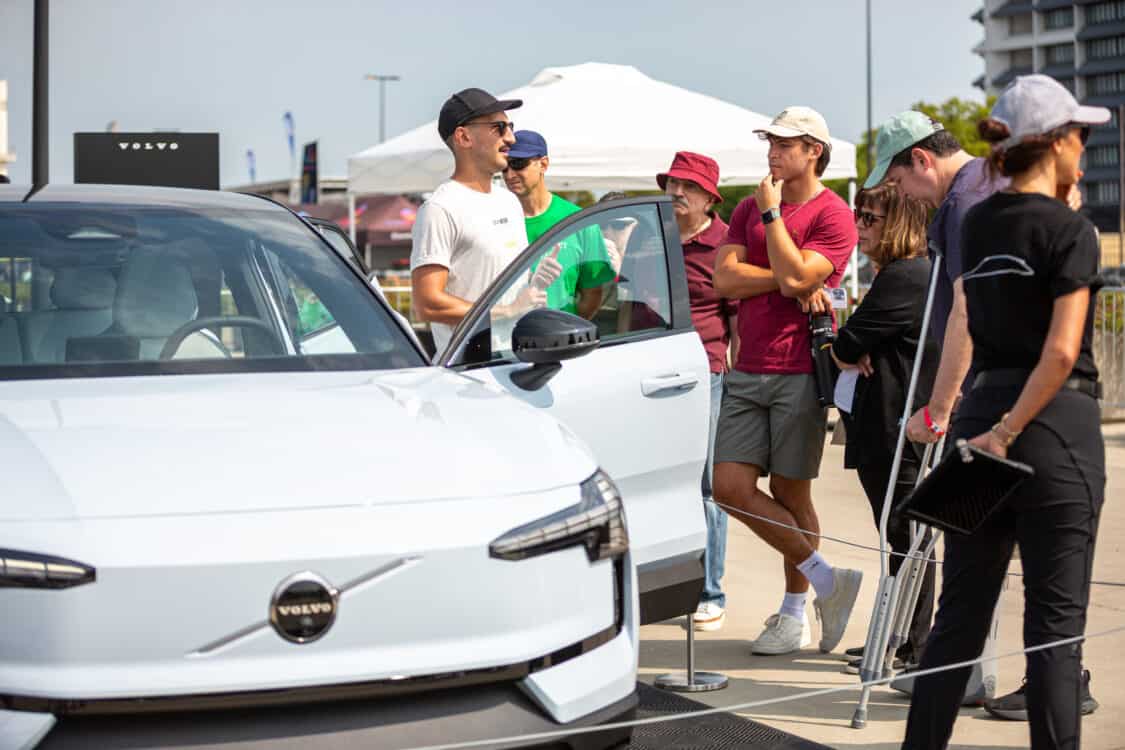
Björn Annwall, Volvo’s Chief Commercial Officer, mentioned the importance of these numbers: “It is good to see that we were able to close out August with continued sales growth. We have a robust brand, and we continue to see solid consumer interest across our lineup. The performance in Europe was particularly encouraging, as the sales of our EVs continue to grow at a rapid pace, with the EX30 leading the way.”*
The global market, however, tells a more layered story. Volvo’s sales in China dipped by 23% in August, while U.S. sales were down by 2%. The U.S. market has shown mixed signals, with plug-in hybrid sales growing by 84%, but all-electric Volvo models dropping by 32% year-over-year. These fluctuations reflect broader industry trends. Used retail vehicle sales dropped by 4% in July, according to Cox Automotive. This shift highlights how changing consumer priorities and economic uncertainty are starting to impact the market.
ADVERTISEMENT
Volvo has also shifted its business goals to prioritize value over revenue growth. Rather than hitting specific revenue targets, the company is now focusing on outgrowing the premium car market by 2026, as it has done in recent years. Volvo’s goal is to reach a 7-8% EBIT margin by then, with a focus on maintaining neutral cash flow through 2024 and 2025. By 2026, the company expects to see stronger free cash flow as a result of the investments made during this current growth phase.
The automaker’s decision might seem like a step back from its 2030 all-electric goal, but it’s actually a more strategic move toward long-term sustainability. By allowing for a small share of mild hybrids and addressing the unique challenges of electrification across global markets, Volvo is preparing itself for a future where flexibility is key.
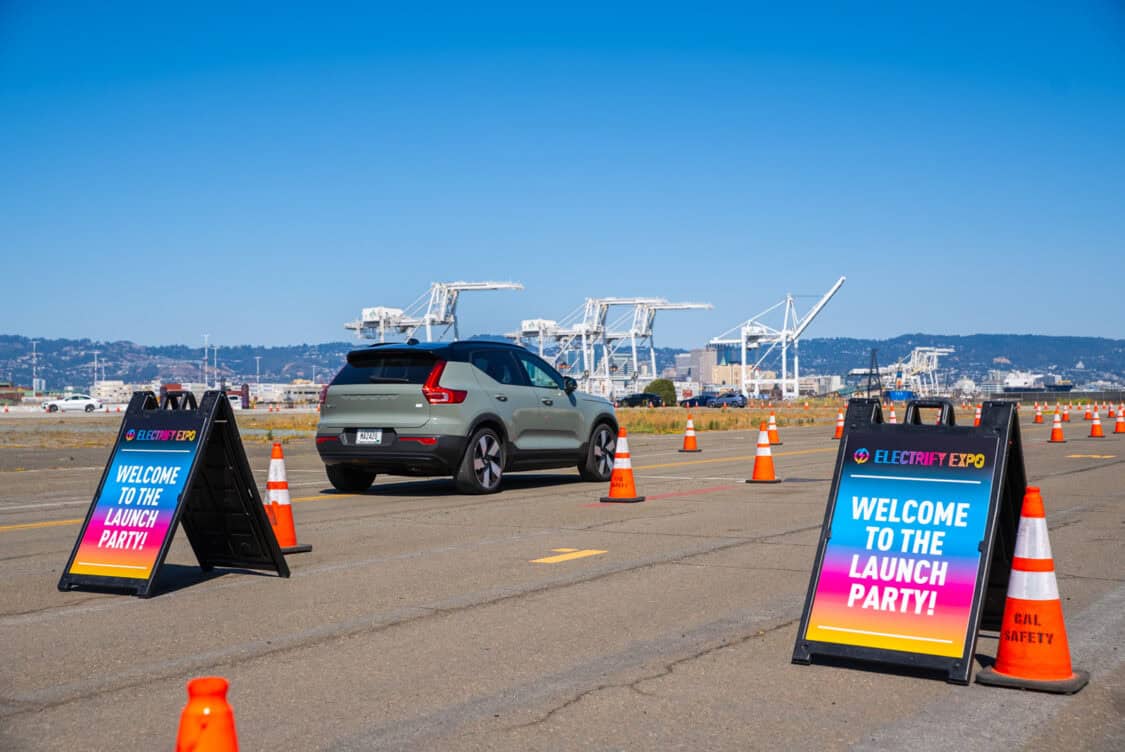
If you’re eyeing Volvo’s electric SUVs, like the well-loved Volvo XC40 Recharge or the highly anticipated EX30 and EX90, rest assured that the company isn’t slowing down. They’re simply adjusting to the real-world challenges of expanding their electric lineup. Volvo’s range of EVs is still going strong, offering luxury and sustainability for the growing number of earth-conscious drivers.
ADVERTISEMENT

IMAGES: ELECTRIFY EXPO
FTC: We use income-earning auto affiliate links. Learn more.


